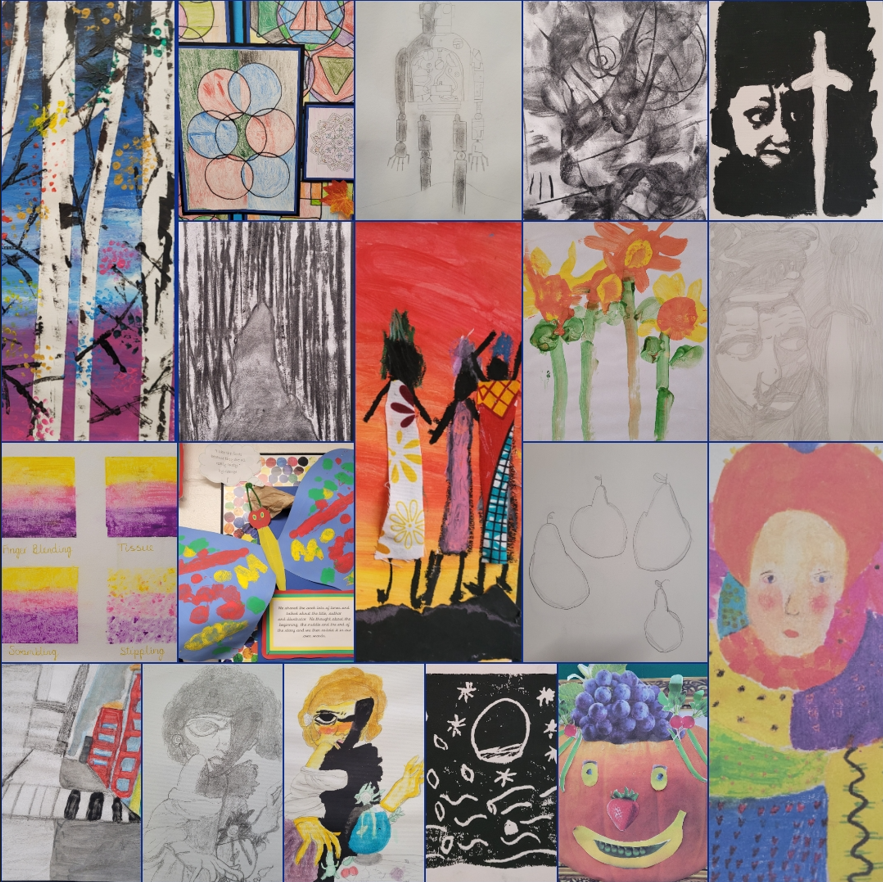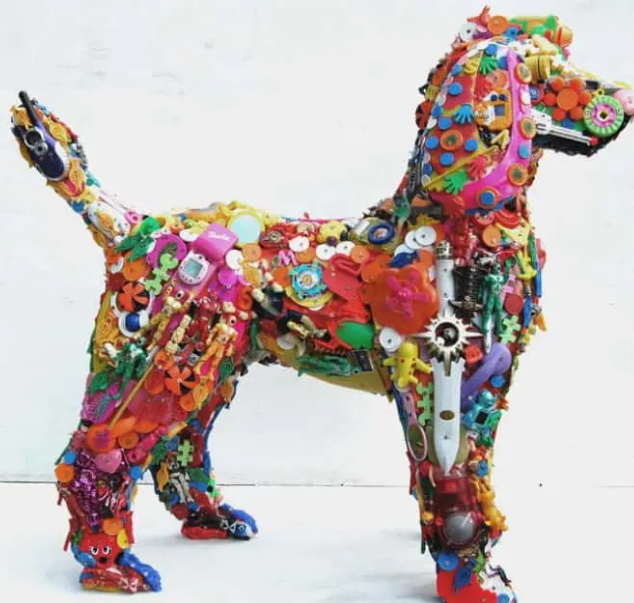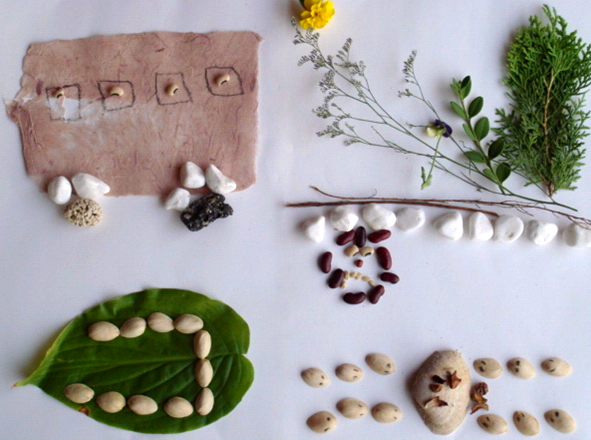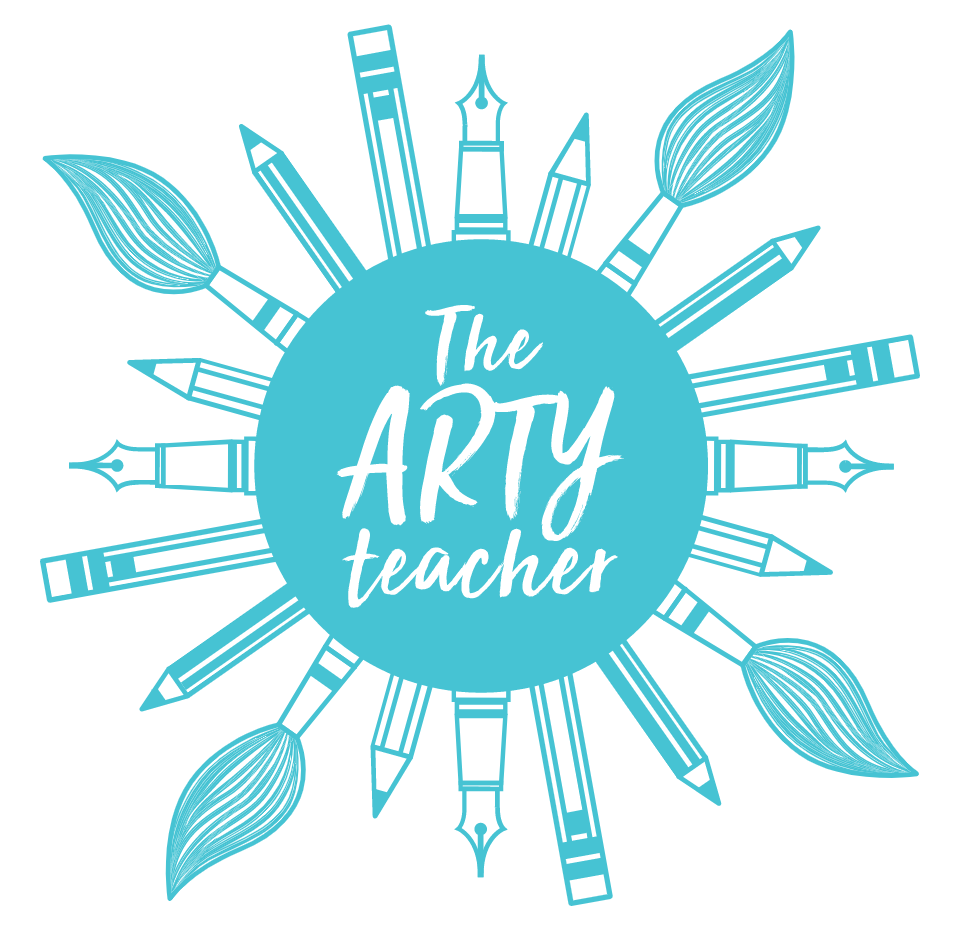Art
 Even in its most basic form, art should enable the creator to communicate what they see, feel and think; it is through art that we learn to express ourselves confidently and creatively.
Even in its most basic form, art should enable the creator to communicate what they see, feel and think; it is through art that we learn to express ourselves confidently and creatively.
At Linton Mead, we encourage and offer our children a diverse curriculum designed to develop their own skills and techniques and create opportunities to push their minds beyond the boundaries of the printed text. This begins in the Early Years through 'Expressive Arts and Design'. Children experiment with ideas using colour, line, texture, form, pattern and different materials and processes across the year groups, thinking critically and observing a variety of artists and art styles in history. Self-evaluation of work is urged and children are taught throughout to appraise their own and others creations.
We use sketchbooks to record experiences and cultivate imagination, helping the children to develop their ideas and show progression in their artistic ability. We encourage independent work, as well as collaborations with others on projects in both two and three dimensions.
It is our aim, as educators, to provide children with the skills to understand, interpret, analyse and evaluate different types of art. As the children progress, we hope to instil in them the ability to think critically and develop their own understanding. They should be proficient in drawing, painting, printing, sculpture and other art techniques, enjoying the creative processes that lay behind each project.
Our aspiration is for our children to develop and foster a love as not only an artist themselves, but as someone who demonstrates great appreciation as an observer, valuing art for an entire lifetime.
You can access the Primary National Curriculum for Art by clicking here.
What makes an artist at Linton Mead?
- Curiosity – to look deeper, beyond the surface.
- Belief – faith that they can make their vision into reality.
- Balance – the ability to create with both artistic skill and intent.
- Freedom – not being limited to one medium, activity or skill.
- Growth – to have high expectations and be reflective.
Please click the link below to access our Art Curriculum Overview where you can find out more about what your child will learn in Art.
Linton Mead Art Curriculum overview
Supporting your child with Art
One of the key principles in developing as an individual is recognising the value behind constructive criticism, and knowing that practise does indeed make perfect. The video below, Austin’s Butterfly, demonstrates beautifully how valuable self-evaluation and collaboration from others can help to develop artistic skill.
If possible, provide your child with opportunities to view many different disciplines of art. Many galleries in Central London are free to visit! Find a list below:
- Tate Modern, Bankside, London SE1 9TG
- The Barbican Centre, Silk Street, London EC2Y 8DS
- National Portrait Gallery, St Martin's Place, London WC2H 0HE
- Tate Britain, Millbank, London, SW1P 4RG,
- Saatchi Gallery, Duke of Yorks HQ, Kings Road, Chelsea, SW3 4SQ
Find the value of Art in everyday things! Natural resources can make great materials to work with; observing different types of architecture all around us can be an interesting discussion point; and give your child the chance to experiment with sculpture by setting them free with old recycling supplies.


Useful Websites - click the image to access




